
GUEST BLOGGER LISA L. OWENS

Nonfiction books about historical events offer a great way for students to further develop their reading skills while also soaking up details surrounding important historical moments and the people who lived through them. Sometimes STEM disciplines have expressly informed—and in effect made—the specific history discussed. My new book, World War II Code Breakers (Lerner, 2019), is a perfect example of this synergy between history and STEM.
I know firsthand that writing about something I’ve just read about enhances comprehension and retention of any new information. This is true when researching and writing nonfiction, and it gives just as much of a boost to fiction writing. So I thought I’d share a project idea in which students practice on a short piece of fiction inspired by factual events detailed in my book.
Introducing the code breakers
Begin by having students read the book cover to cover. For those without access to the book, the following summary can be used as an alternative starting point.
About the Book: World War II Code Breakers explores inspiring stories of heroism among code breakers in the US and Britain. These men and women worked behind the scenes to study coded messages sent by the enemy. They applied their expertise in such fields as mathematics, computers, and languages to try to learn, or crack, the secret formulas and learn what information those messages held. Code breakers successfully cracked the codes of Germany and Japan, which ultimately led to an Allied victory and shortened the war by several years.
Code makers and code breakers
Next, have students read, or reread, the STEM Highlight from the Introduction and the Hero Highlight from Chapter 2.
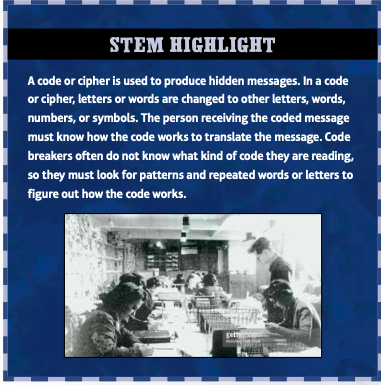
STEM Highlight passage quoted from page 7: A code or cipher is used to produce hidden messages. In a code or cipher, letters or words are changed to other letters, words, numbers, or symbols. The person receiving the coded message must know how the code works to translate the message. Code breakers often do not know what kind of code they are reading, so they must look for patterns and repeated words or letters to figure out the code.
Hero Highlight summarized from page 17: In this section, readers learn about US mathematician-turned-cryptologist Genevieve Grotjan Feinstein. While working to break Japan’s Purple code, she discovered an important pattern in a coded message. It helped her team decode their first message from Japan. And this breakthrough enabled US code breakers to understand most of Japan’s international communications.
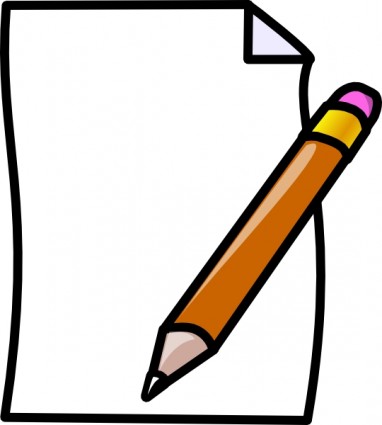
Fictionalizing a scene in a code breaker’s life
Now that students have learned a few details about codes and code breaking during World War II, invite them to use their storytelling skills to bring Genevieve Grotjan Feinstein’s story to life. Explain that they will write a one-page fictionalized scene about the moment Feinstein recognizes the pattern and shares her findings with her team.
Before they begin writing, have students think about the book or the summaries they’ve read. Ask them to list details they recall about
- World War II
- codes, codebreaking, and code breakers
- Genevieve Grotjan Feinstein’s story
Now it’s time to write. The fictionalized scene should include
- setting, character, and emotional details
- a clear beginning, middle, and end showing Feinstein making and sharing her discovery
- some dialogue
- optional: an illustration
Reflecting on the Project
Have students debrief their writing experience by reflecting on
- favorite part of creating a fictional scene inspired by a historical event
- least favorite part of creating a fictional scene inspired by a historical event
- most important thing learned while completing this project
- the part of their work on this project they’re most proud of
- one thing they wish they could have done differently
- ideas for researching and writing other fictional scenes and stories inspired by STEM history
Up for making your own code? Visit Lisa’s website for another activity.
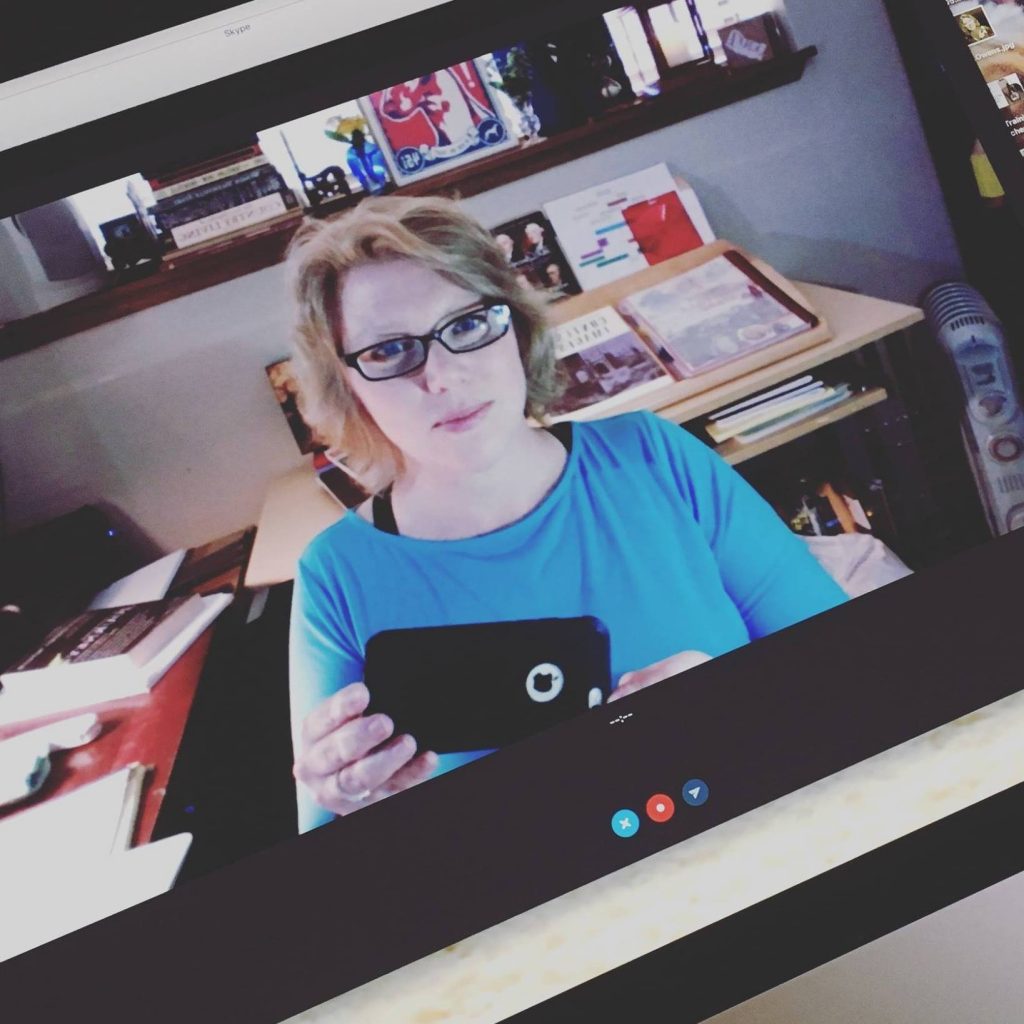
Lisa L. Owens has authored more than 100 books for young readers, including early chapter books, graphic novels, middle grade fiction, and a slew of nonfiction for ages PreK–YA. Learn more about her work at llowens.com and @LisaLOwens.


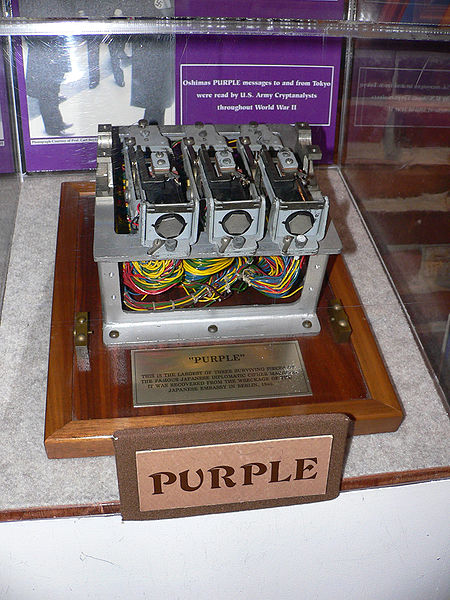

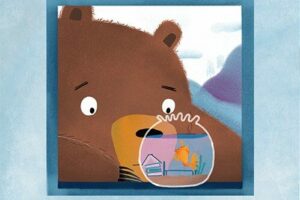



1 Comment
Leave your reply.